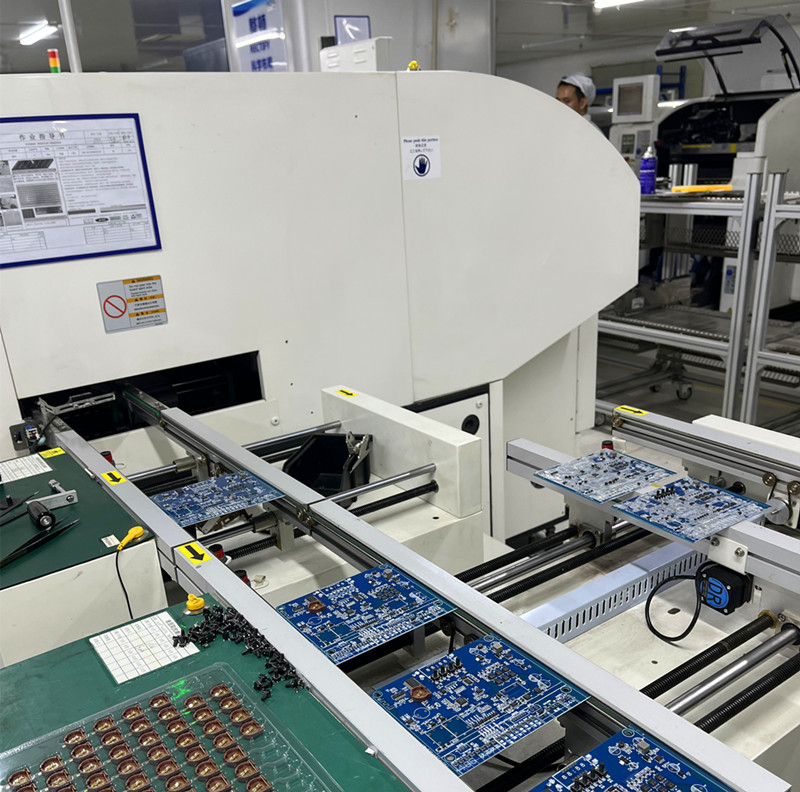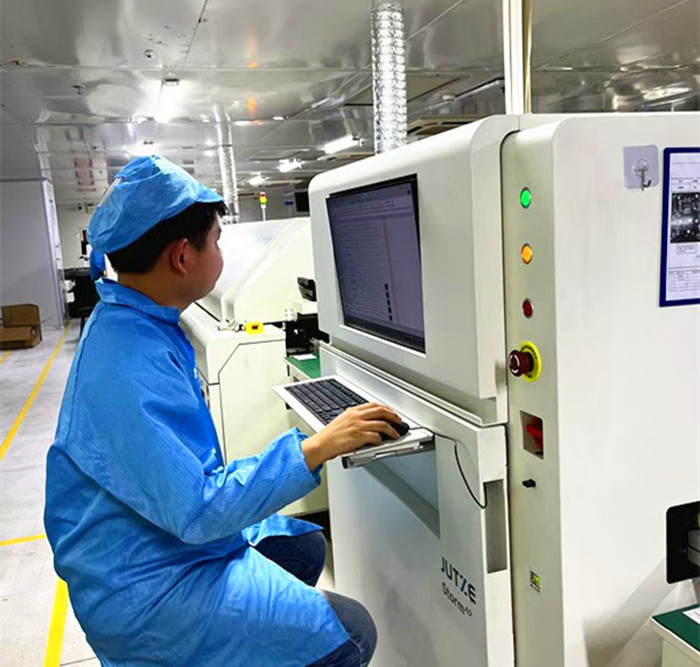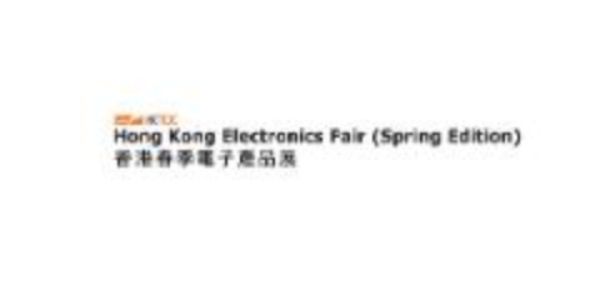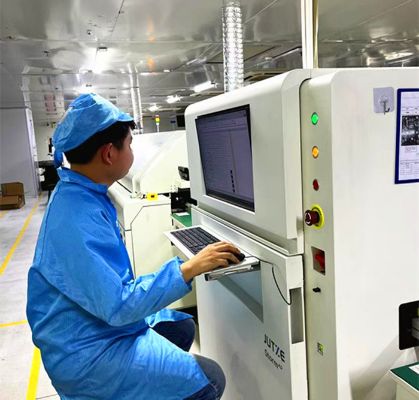News Center
LATEST NEWS

Address: 3rd floor, Building 6, 30 Fortress Road, Gongming Street,
Guangming District, Shenzhen 518106
Email:sales@hyzk-electronics.com
Phone:0086 18682384515
Industry articles
HomeIndustry articlesDetails
PCBA Automation Production Line Exploration and Outlook
Publish: 2025-05-16 12:41:33 Update: 2025-05-18 13:14:26 View: 175
In the trend of intelligent manufacturing, PCBA (Printed Circuit Board Assembly) automation production line as the core pillar of the electronics
manufacturing industry, is driving the industry change and upgrade at an unprecedented rate. This article will delve into the mystery of PCBA
automation production line, revealing its cornerstone position in intelligent manufacturing.
The rise of automated production lines
With the rapid development of information technology and the advancement of industrial intelligence, PCBA automation production lines have
become an integral part of the electronics manufacturing industry. These production lines integrate advanced automation equipment, precision
mechanical transmission technology and intelligent control system, achieving a fully automated production process from component assembly,
welding to inspection. The application of automation production lines not only greatly improves production efficiency, but also significantly reduces
labor costs and error rates, laying a solid foundation for intelligent manufacturing.
Key technologies for automated production lines
1. Tin paste printing machine
As the first step in the PCBA production line, the tin paste printing machine is responsible for printing the tin paste precisely on the welding plate of the
circuit board. Modern tin paste printing machines provide a solid foundation for subsequent patching and welding by ensuring that the amount of tin paste
on each welding plate is uniform through high-precision packaging, tin-adding paste, printing and transmission boards.
2. SMT machine
The SMT machine is the key equipment in the PCBA production line, it accurately places the surface mounting components on the welding plate of the circuit
board by moving the mounting head. The advanced patching machine has a high level of automation and intelligence, which can cope with complex and
changing component mounting needs, greatly improving production efficiency and mounting accuracy.

3. Reflow welding
The reflow welding is the key equipment for achieving welding in PCBA production. Its internal heating circuit heats air or nitrogen to a sufficiently high
temperature and blows it to the circuit board where the weld on both sides of the component is glued to the motherboard after melting. The advanced reflow
welding furnace has a precise temperature control system and efficient thermal energy utilization capability to ensure stable and reliable welding quality.
4. AOI Machine
AOI (Automatic Optic Inspection) machine is based on optical principles to detect common defects in welding production. By automatically scanning the circuit
board, capturing images and comparing them with qualified parameters in the database, AOI detectors can accurately detect defects on the circuit board and
display them via a display or automatic logo for repair personnel.
5. Industrial Internet of Things and Artificial Intelligence
In addition to the above key equipment, the application of industrial IoT and artificial intelligence technology is also an important component of the PCBA automation
production line. Through sensors, device interconnection and data acquisition analysis, the industrial IoT achieves equipment status monitoring, production process
control and optimization. And artificial intelligence technologies such as machine learning, deep learning, etc., further optimize production scheduling, predict equipment
failure, improve the level of production line automation, and realize intelligent production management.

The advantages and challenges of automated production lines
Advantages:
1.Improve production efficiency: the automated production line can work 24 hours without interruption, greatly improving production efficiency.
2.Reduce labor costs: reduce dependence on labor, reduce labor costs.
3.Improve product quality: the high accuracy and stability of automation equipment ensures the stable improvement of product quality.
4. Optimize resource allocation: through intelligent production management, to achieve the optimal allocation of resources and efficient use.
Challenges:
1. Rapid technological update: it is necessary to continuously invest in research and development to follow the development of new technologies.
Talent training: the operation and maintenance of the automation production line requires professional technical talents.
Data security: As the volume of data increases, how to ensure data security becomes a new challenge.
Conclusion
As the cornerstone of intelligent manufacturing, PCBA automation production line is leading the electronics manufacturing industry towards more efficient
and intelligent development. Through continuous technological innovation and optimization upgrade, PCBA automation production line will bring more
possibilities and opportunities for intelligent manufacturing. In the future, with the continuous progress of technology and the expansion of application
scenarios, PCBA automation production line will play a more important role in the field of intelligent manufacturing.





